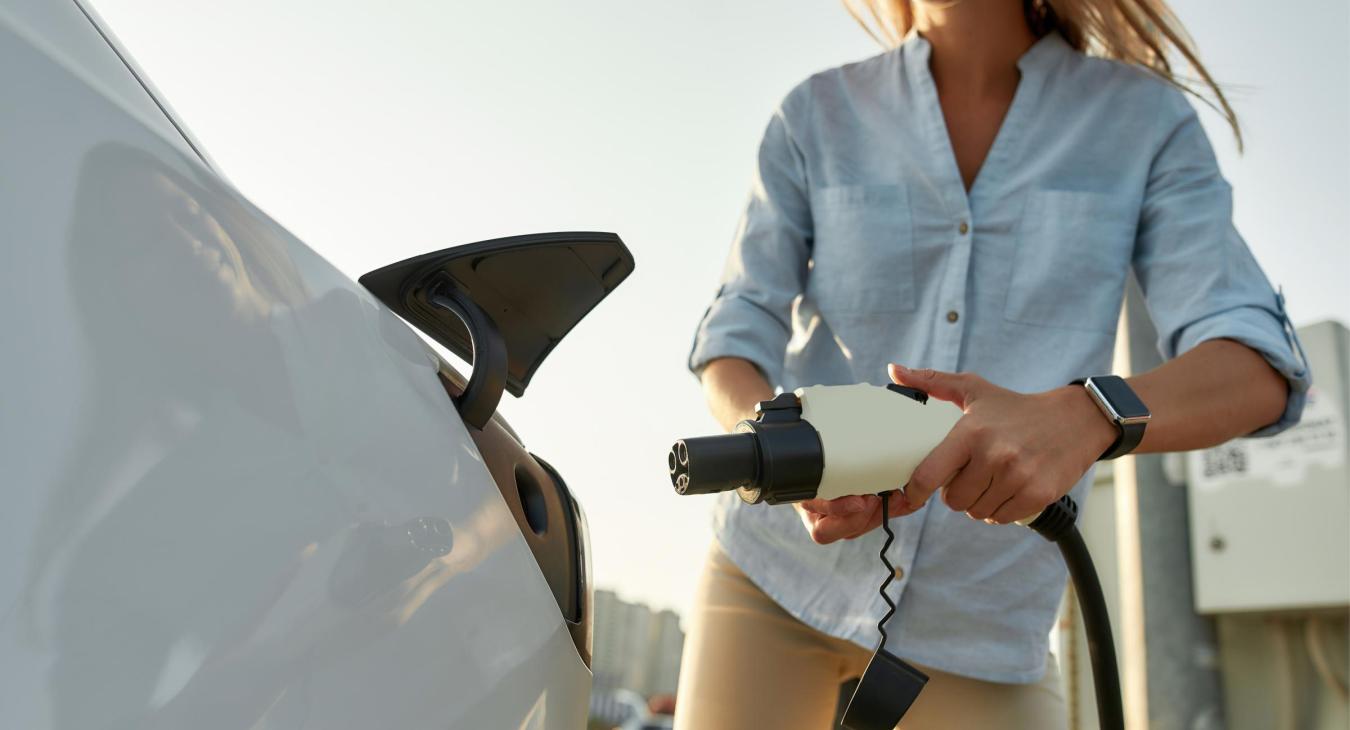Electric vehicles (EVs) are gaining popularity as a more sustainable and eco-friendly mode of transportation. However, one of the major concerns for EV owners is the availability and accessibility of EV charging stations. There are different types of EV charging stations, each with its own charging rate, power output, and charging time. In this blog, we will discuss the different types of EV charging and their advantages and disadvantages.
Level 1 Charging:
Level 1 charging is the slowest and simplest way of charging an EV. It involves plugging your vehicle into a standard 120-volt outlet using a Level 1 charging cord. This type of charging provides a power output of around 1.4 kW and takes a long time to fully charge an EV, up to 20 hours or more. This charging method is best suited for those who have access to an electrical outlet at home, or at work, where the car can be parked for extended periods.
Level 2 Charging:
Level 2 charging is the most commonly used charging method for EVs. It involves using a 240-volt charging station, which is more powerful than a standard outlet. Level 2 charging can provide a power output of up to 19 kW, allowing you to fully charge your EV in 4-8 hours. Level 2 charging stations can be installed at homes, workplaces, and public charging stations.
DC Fast Charging:
DC Fast Charging, also known as Level 3 charging, is the fastest and most powerful way to charge an EV. It provides a power output of up to 350 kW, allowing you to charge your EV up to 80% in just 20-30 minutes. DC Fast Charging stations are typically found at public charging stations and highway rest areas. It's important to note that not all EVs are compatible with DC Fast Charging, so it's essential to check the compatibility of your vehicle before using this charging method.
Wireless Charging:
Wireless charging is a new technology that enables charging an EV without a cord or a plug. It involves installing a wireless charging pad on the ground or in a parking lot. The charging pad uses an electromagnetic field to transfer energy to the EV's battery. Wireless charging is not yet widely available and is currently only compatible with a limited number of EV models.
In conclusion, the type of EV charging that is right for you depends on your individual needs and circumstances. If you have access to an electrical outlet at home or work, Level 1 or Level 2 charging might be sufficient. However, if you plan to take longer trips, DC Fast Charging might be necessary. Additionally, it's important to check the compatibility of your EV with different charging methods before selecting the appropriate charging station. With more and more EV charging stations being installed across the country, EV owners have more options than ever before when it comes to charging their vehicles.
Visit our webpage to learn more about EV charging programs and rebates offered by Crow Wing Power and start saving money while helping the environment today!

